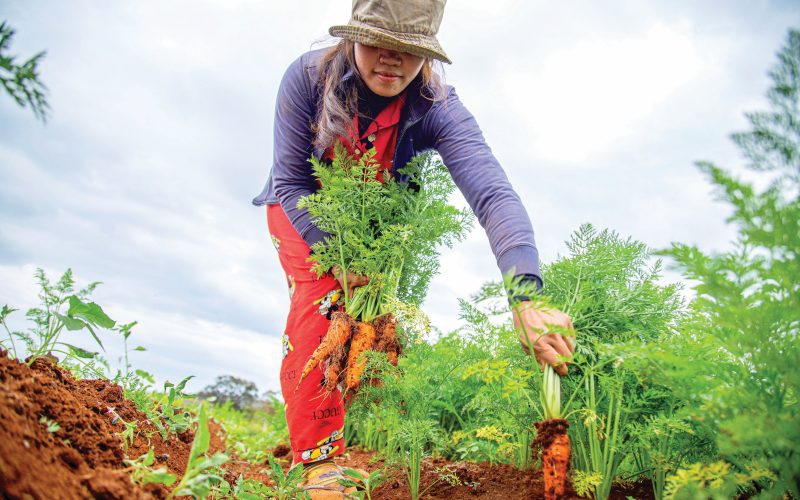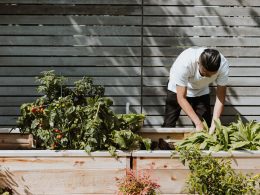Companion planting is a gardening technique that involves planting different plants together in a way that benefits both plants. The concept of companion planting is based on the idea that certain plants can help each other grow by providing nutrients, attracting beneficial insects, or repelling pests. In this article, we’ll focus specifically on companion planting in container herb gardens.
To start, it’s important to choose herbs that are compatible with each other. Some herbs, like basil and parsley, are known to do well together, while others, like mint and chamomile, can be problematic when grown in close proximity. In general, it’s best to group herbs that have similar growing requirements, such as sunlight and water needs.
When it comes to companion planting, there are a few key strategies to keep in mind. One approach is to plant herbs that attract beneficial insects, such as ladybugs and lacewings. These insects can help control pests that might damage your plants, without the need for harsh chemical pesticides. Some herbs that are known to attract beneficial insects include dill, fennel, and yarrow.
Another strategy is to plant herbs that can help repel pests. For example, planting rosemary alongside other herbs can help repel mosquitoes and other flying insects. Basil is also known to be effective at repelling certain pests, including aphids and tomato hornworms.
In addition to pest control, companion planting can also help improve soil health. Some herbs, such as chamomile and comfrey, have deep root systems that can help break up compacted soil and improve drainage. Others, like clover and vetch, are nitrogen-fixing plants that can help improve soil fertility.
When it comes to container gardening, there are a few additional considerations to keep in mind. First and foremost, make sure your container is large enough to accommodate all of your herbs and their growing requirements. You’ll also want to choose a well-draining potting mix and make sure your container has adequate drainage holes.
In terms of specific herb combinations, there are many possibilities. Here are a few ideas to get you started:
- Basil, parsley, and chives
- Thyme, oregano, and sage
- Mint, lemon balm, and chamomile
- Rosemary, lavender, and marjoram
Of course, these are just a few examples, and there are many other herb combinations that can work well together.
Ultimately, the key to successful companion planting is to experiment and find what works best for your specific garden and growing conditions. By planting herbs that complement each other and provide mutual benefits, you can create a beautiful and bountiful container herb garden.












